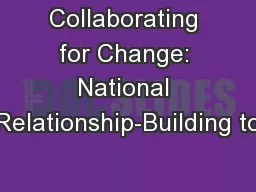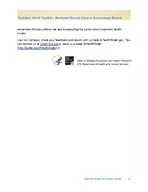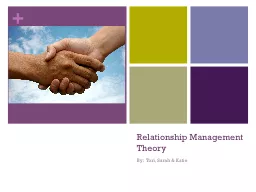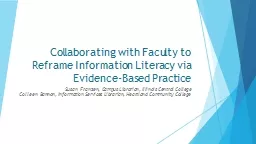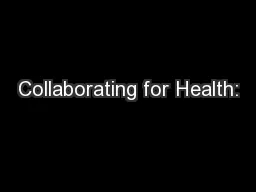PPT-Collaborating for Change: National Relationship-Building to
Author : pasty-toler | Published Date : 2017-03-31
Employment First State Leadership Mentoring Program Evaluation Social Dynamics LLC Gary Shaheen MPA Douglas Klayman PhD EFSLMP Project Officer Serena Lowe PhD Partnerships
Presentation Embed Code
Download Presentation
Download Presentation The PPT/PDF document "Collaborating for Change: National Relat..." is the property of its rightful owner. Permission is granted to download and print the materials on this website for personal, non-commercial use only, and to display it on your personal computer provided you do not modify the materials and that you retain all copyright notices contained in the materials. By downloading content from our website, you accept the terms of this agreement.
Collaborating for Change: National Relationship-Building to: Transcript
Download Rules Of Document
"Collaborating for Change: National Relationship-Building to"The content belongs to its owner. You may download and print it for personal use, without modification, and keep all copyright notices. By downloading, you agree to these terms.
Related Documents

